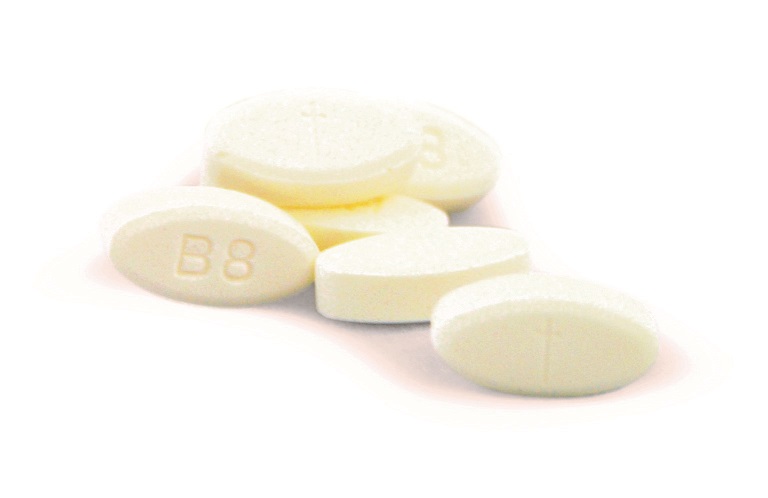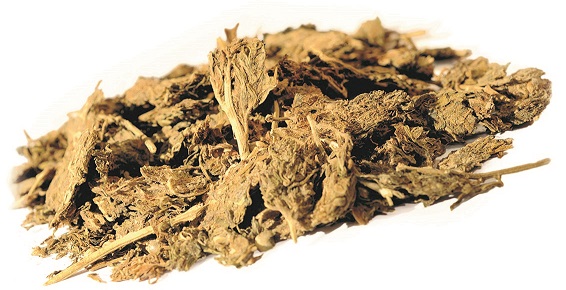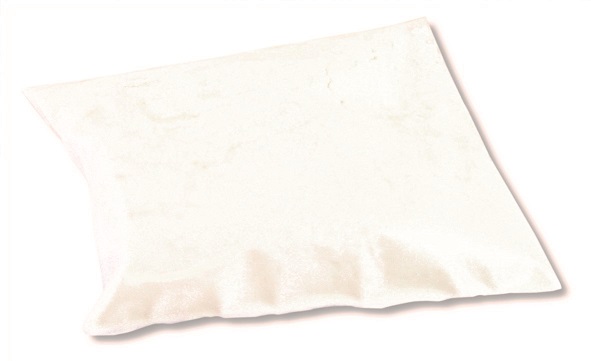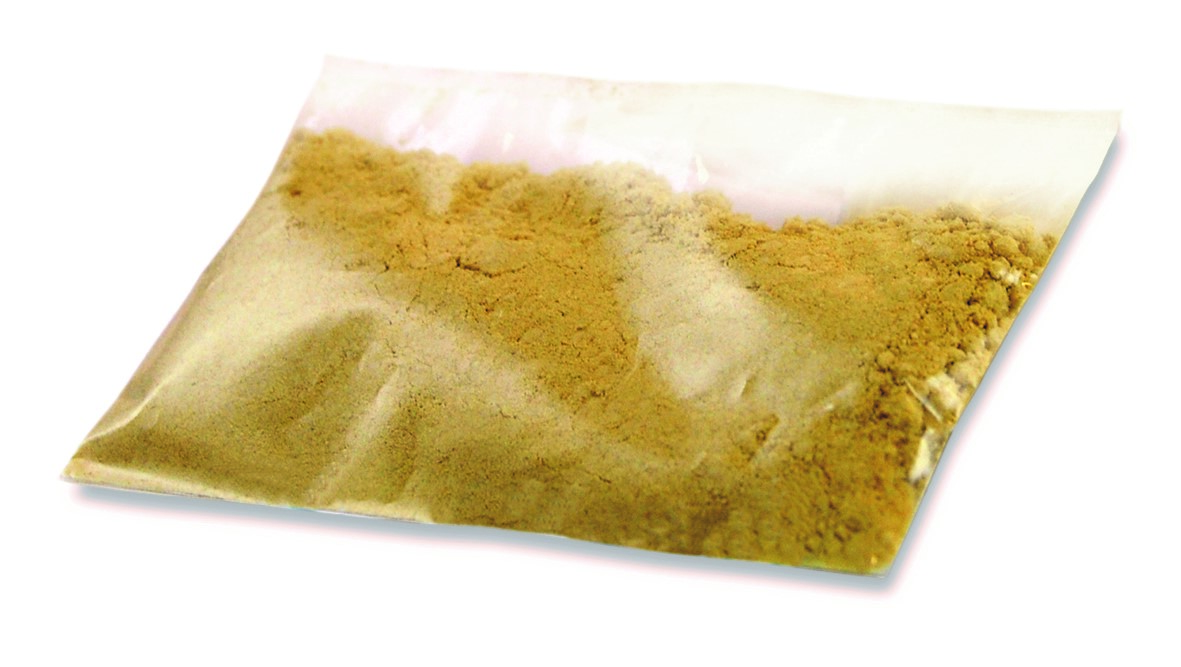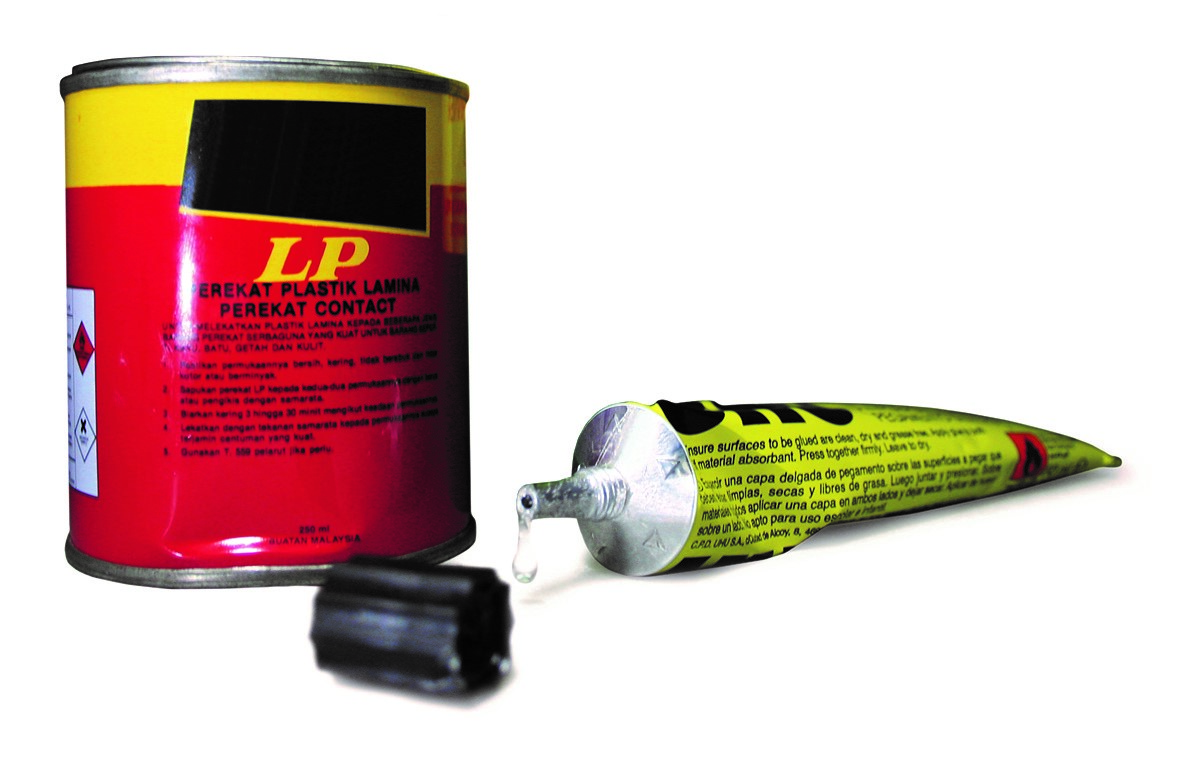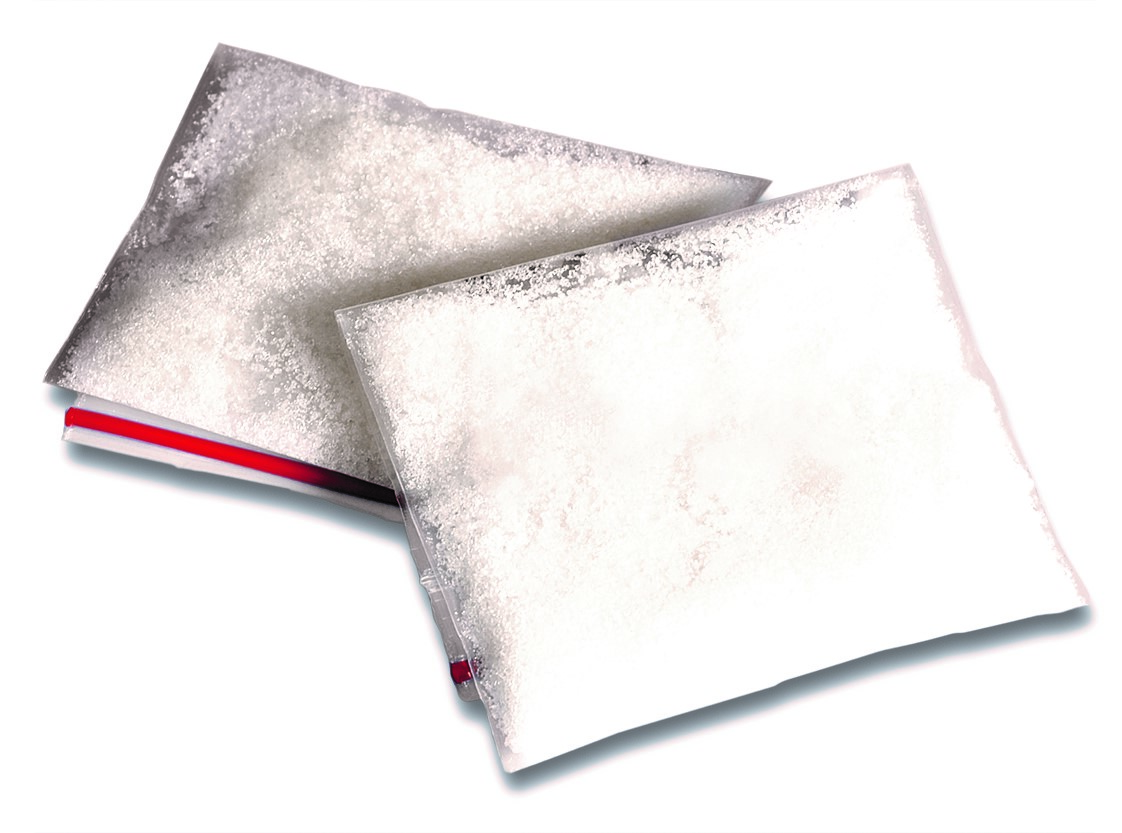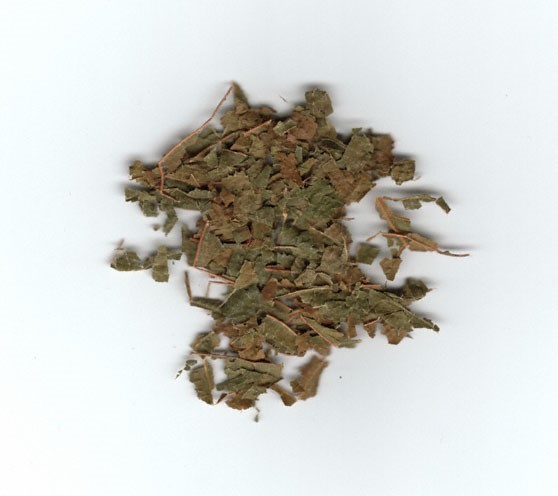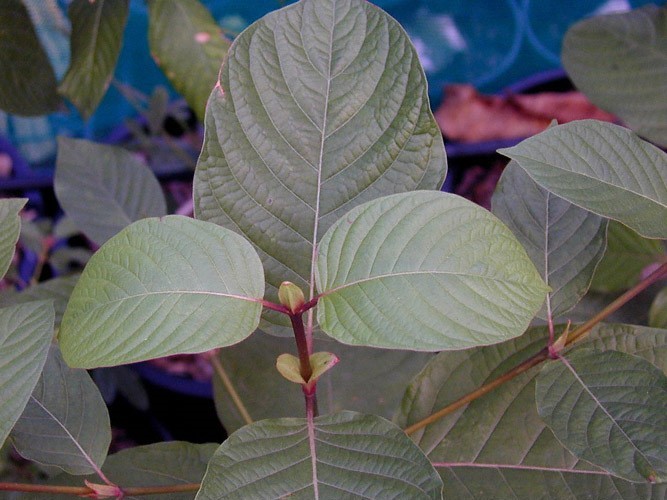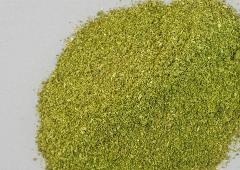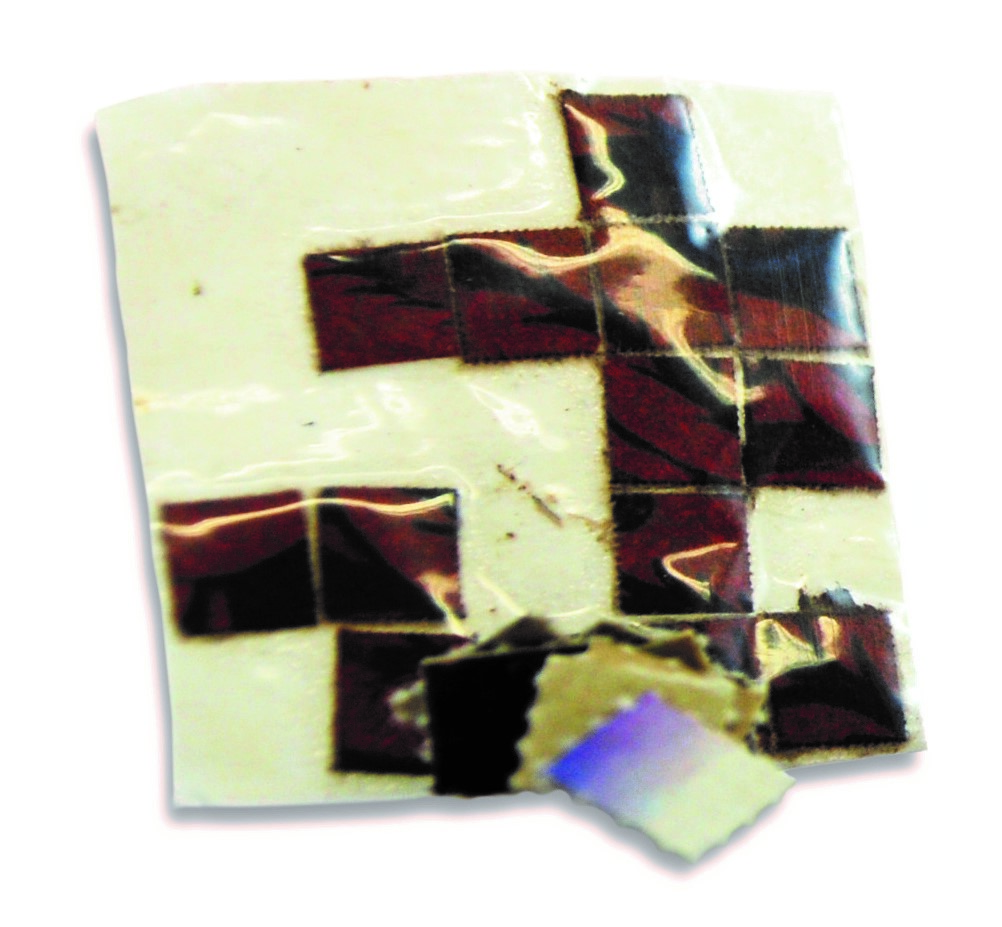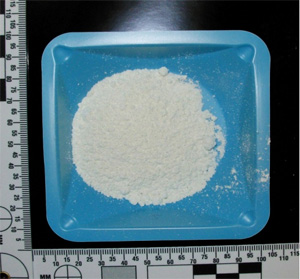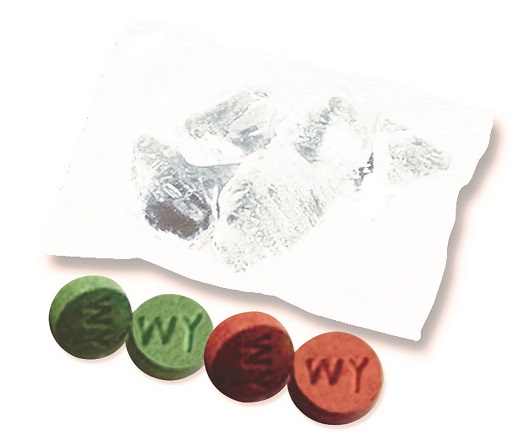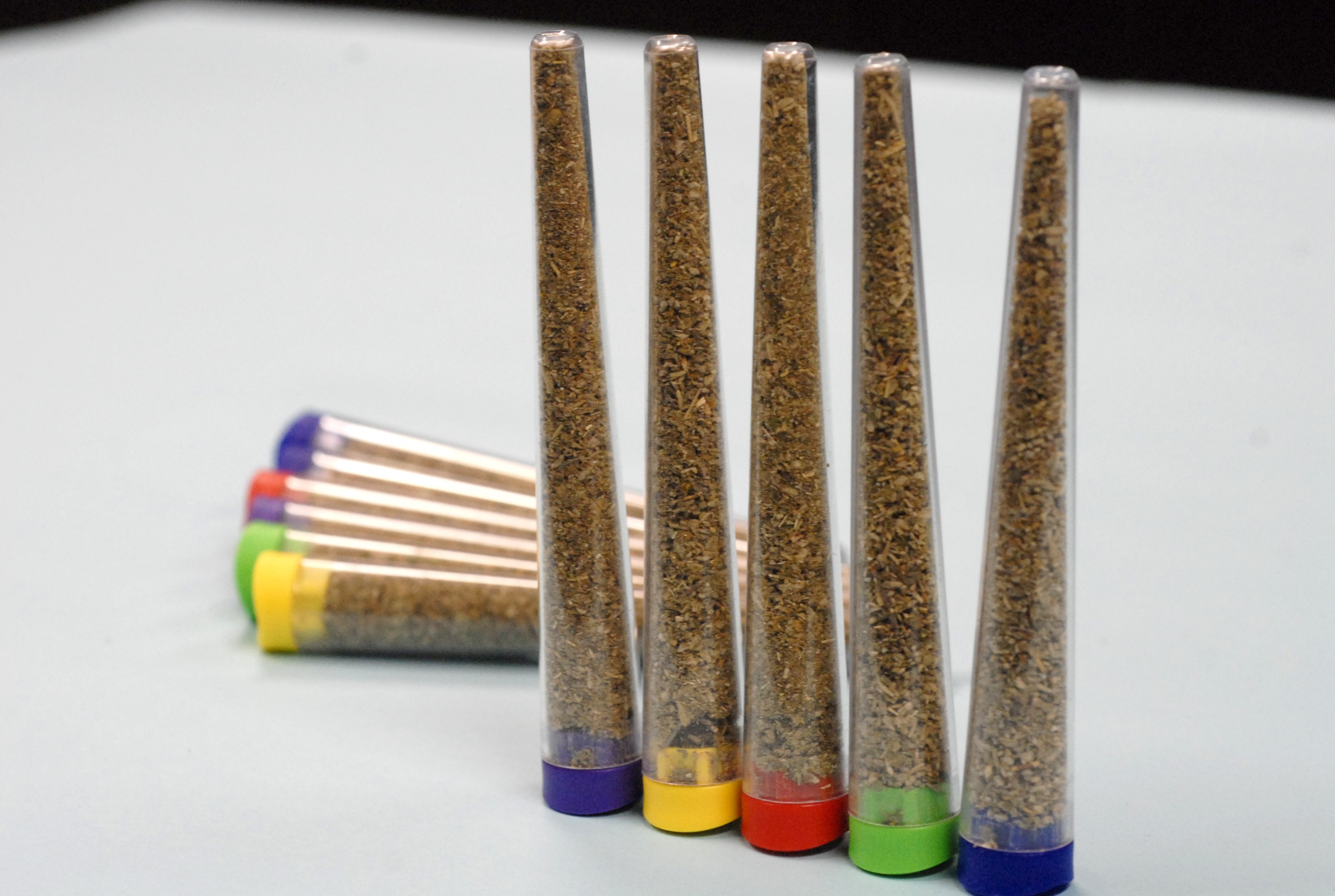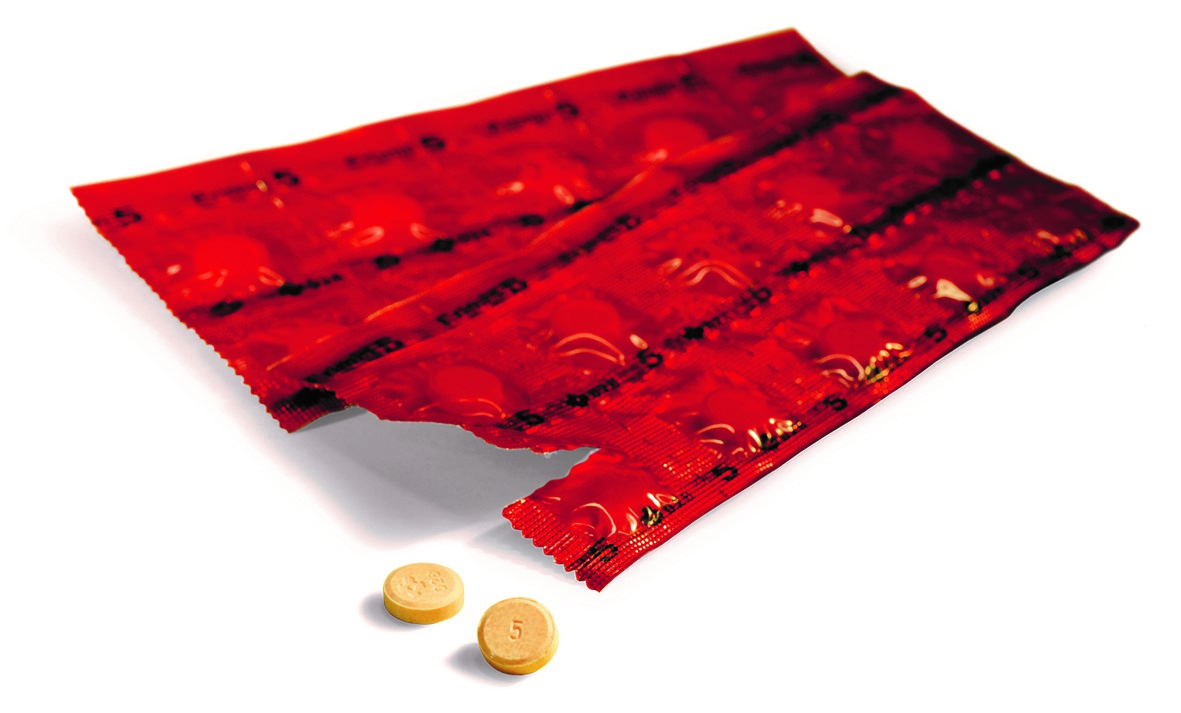Description
From 1 September 2025, etomidate and its analogues will be classified as Class C controlled drugs under the Misuse of Drugs Act 1973 (MDA) for a period of six months, pending the Ministry of Health’s introduction of a more fit-for-purpose legislation. With this change, those who import, sell or distribute etomidate e-vaporisers will face prosecution under the MDA, and much higher penalties than today. Individuals found using etomidate e-vaporisers or who test positive for etomidate will no longer be just subject to a fine. They can be subject to rehabilitation, treatment, mandatory supervision and detention.
Effects and Dangers
The adverse effects of etomidate when used in e-vaporisers include causing involuntary movements or spasm of muscles, confusion, seizures and psychosis. It can lead to physical dependence.
Penalties
From 1 September 2025, offenders will face more severe penalties under the MDA. Individuals who are repeat abusers [1] of etomidate can be subject to mandatory supervision, as well as rehabilitation and treatment in the Drug Rehabilitation Centre. Those who import, sell or distribute etomidate-laced e-vaporisers will face prosecution. The related penalties are as follows:-
Possession of etomidate and its analogues:
- Up to a maximum of 10 years of imprisonment or a fine of $20,000 or both
Consumption of etomidate and its analogues [2]:
- At least 1 year of imprisonment, up to a maximum of 10 years of imprisonment with a maximum fine of $20,000
Illegal trafficking of etomidate and its analogues:
- At least 2 years of imprisonment and 2 strokes of the cane, up to a maximum of 10 years of imprisonment and 5 strokes of the cane
Illegal import or export of etomidate and its analogues:
- At least 3 years of imprisonment and 5 strokes of the cane, up to a maximum of 20 years of imprisonment and 15 strokes of the cane
For more information, please refer to the news releases on Whole of Government Efforts to Tackle Vaping and Amendments to the First Schedule of the Misuse of Drugs Act.

